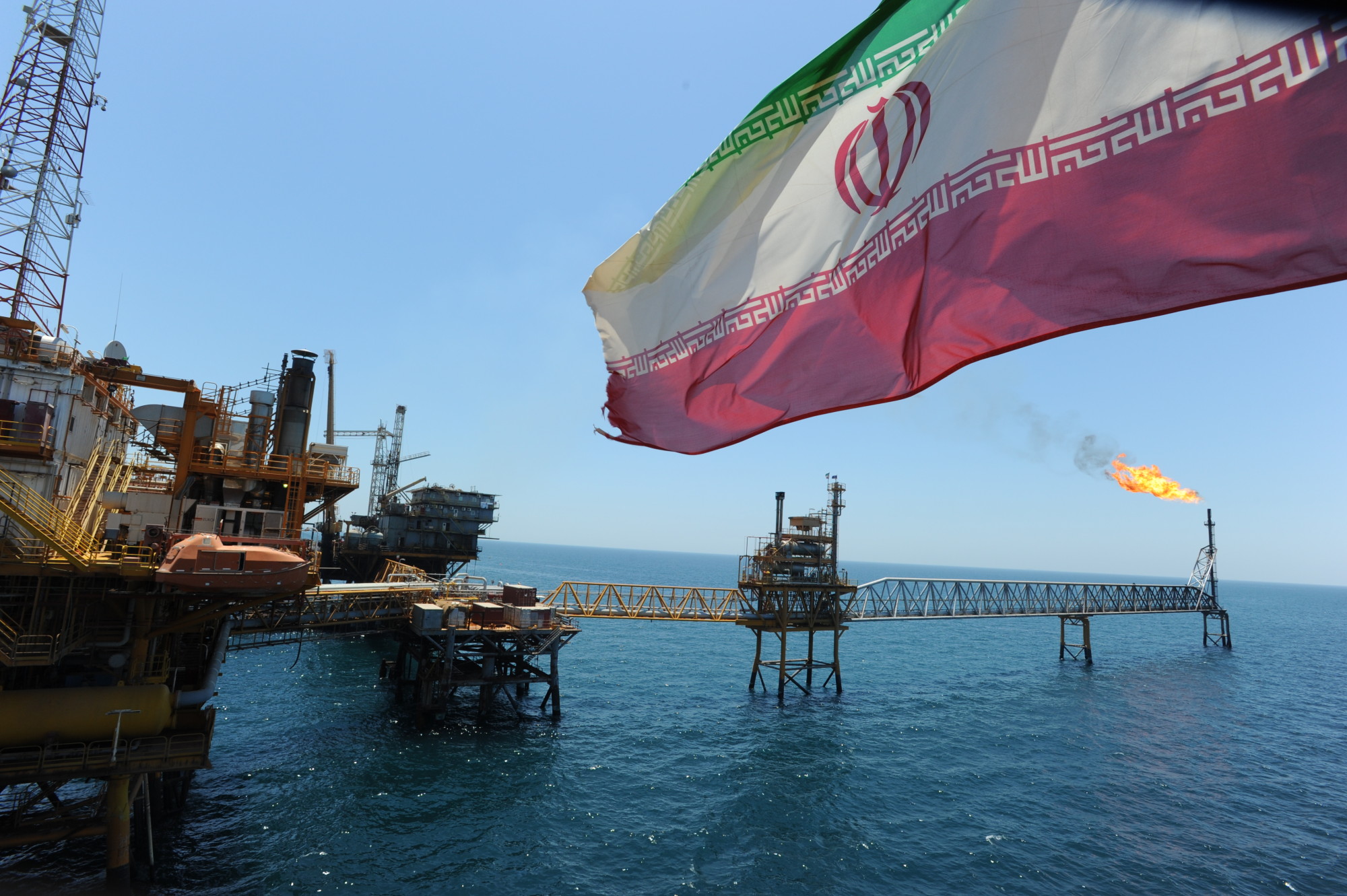Studies conducted by the National Iranian South Oil Company over the last four years show Iran’s recoverable crude oil reserves have increased by 4.4 billion barrels, the managing director of NISOC said.
"Latest surveys on hydrocarbon fields also show that the country's recoverable natural gas reserves have risen by 283 billion cubic meters, amounting to 34 trillion cubic meters," Bijan Alipour was also quoted as saying by ISNA on Tuesday.
Iran (34 tcm) and Russia (32.6 tcm) hold the largest proven gas reserves, according to BP Statistical Review of World Energy. The US Energy Information Association places Russia ahead of Iran with an estimated 49 tcm in reserves.
The latest government data show total proven crude oil reserves are close to 160 billion barrels. According to the official, proven reserves in the Persian Gulf amount to16 billion barrels.
“Iran so far has drawn close to 7.8 billion barrels of oil from its Persian Gulf reservoirs,” he said without specifying a timeframe. “Around 8.2 billion more barrels are extractable.”
NISOC chief executive believes that the country can tap into more barrels, if it were to apply enhanced oil recovery techniques that maintain reservoir pressure and improve oil extraction.
According to Alipour, to raise crude output capacity and quality, a range of projects are being implemented, including exploration, drilling and repair of oil wells with the help of the National Iranian Drilling Company and the construction of new crude oil desalting units.
Asked about ongoing ventures, he said oil desalters in Gachsaran and Bibi Hakimeh in Kohgilouyeh-Boyerahmad Province with a processing capacity of 160,000 barrels per day, as well as in Ahvaz in southern Khuzestan Province with a capacity of 220,000 bpd, are expected to become fully operational in the present fiscal year that started on March 21.
"NISOC, the biggest domestic oil and gas supplier, produces 2.8 million bpd of oil, or 83% of Iran's total crude oil and 16% of its gas," he said.
Cutting Dependence
Pointing to financial restrictions faced by NISOC during the sanctions years, Alipour said the company has made concerted efforts in the last four years to address the issue by signing contracts with domestic manufacturers and contractors instead of foreign firms.
"Curbing dependence on foreigners is a top priority of NISOC," he said, adding that 8,000 pieces of equipment used in the petroleum industry have been indigenized with the help of domestic enterprises in the last 10 years.
Sanctions against Tehran's nuclear program were lifted early last year following a landmark deal between Iran and the world powers in 2015 on scaling back economic restrictions in exchange for placing curbs on the country's nuclear activities.
Alipour noted that about three-fourths of NISOC's high-demand equipment, including drilling bits, well-head machinery, turbines, valves and pumps, are manufactured by domestic producers who comply with global standards.
The Oil Ministry has taken measures to boost domestic manufacturing of oil equipment to stem the outflow of capital. In 2014, a committee was set up to pursue the production of 10 major categories of equipment for the key oil and gas sector, including turbines and compressors.


